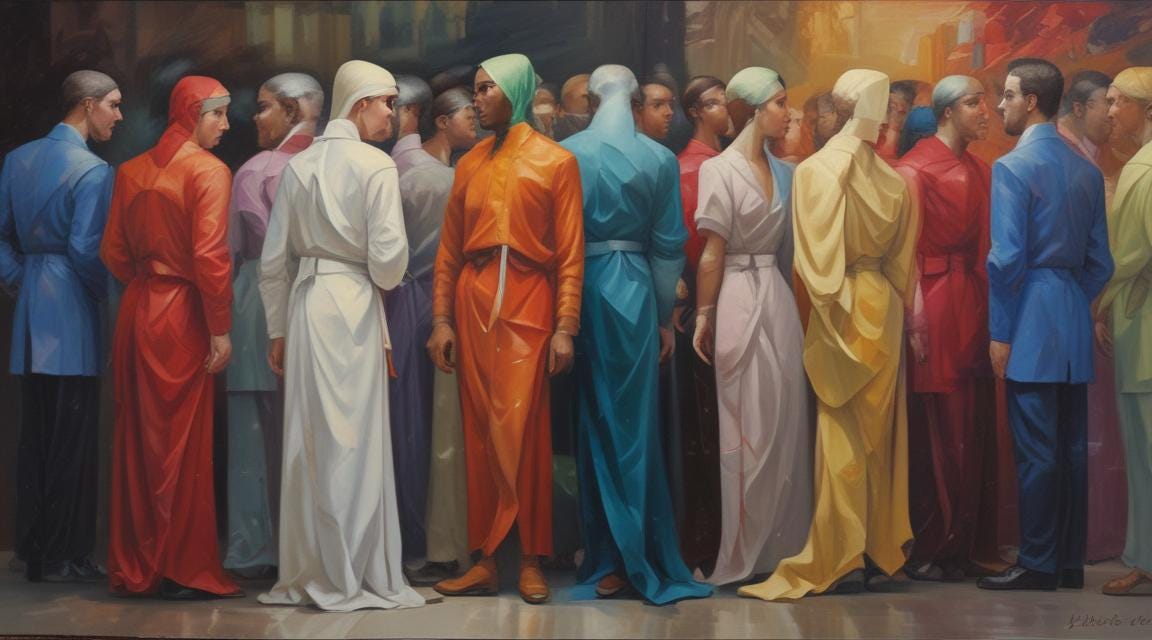Building Teams That Think Different
Proven Strategies to Cultivate Diverse Thinking and Skyrocket Innovation
I've been where you are. Early in my career, I made the classic mistake of building a team of carbon copies of myself. It seemed brilliant... until it wasn't. But here's the thing - that misstep became the catalyst for my most valuable leadership lesson. Since then, I've had the privilege of building and leading dozens of teams, ranging from intimate gr…
Keep reading with a 7-day free trial
Subscribe to The Leadership Lighthouse to keep reading this post and get 7 days of free access to the full post archives.


